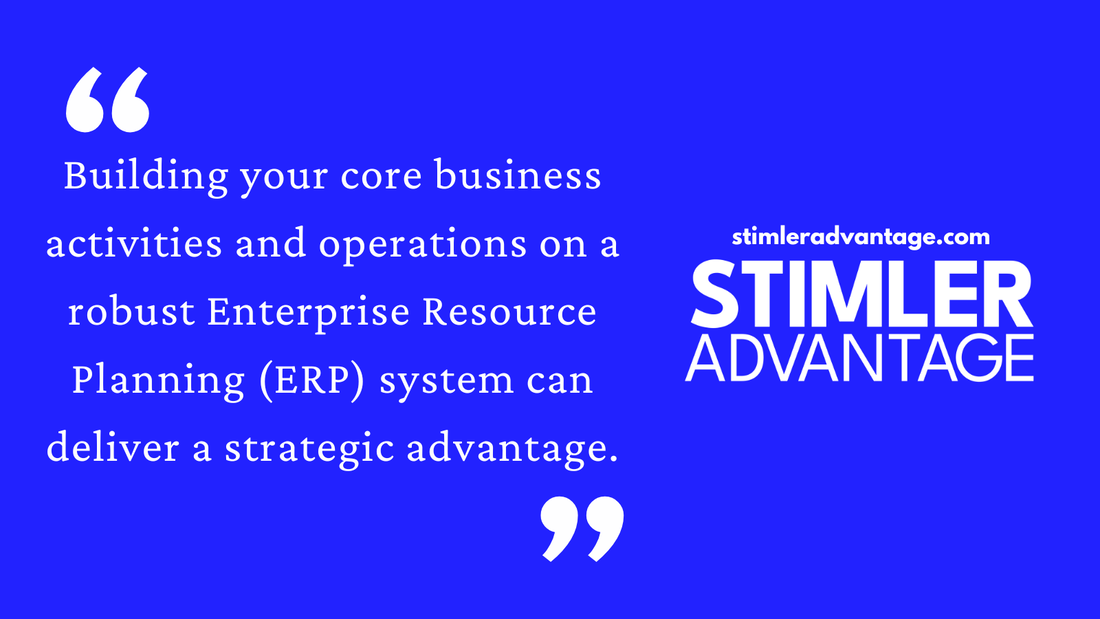Introduction to Enterprise Resource Planning at Stimler AdvantageAs part of its services, Stimler Advantage supports organizations in aligning their business processes with technology to improve efficiency, collaboration, and profitability. Enterprise Resource Planning (ERP) work is informed by the Stimler Advantage 5 S’s Framework. An ERP acts as the central nervous system of your organization, integrating departments like finance, human resources, inventory management, and customer service. A well-implemented ERP can significantly enhance efficiency, collaboration, and profitability. Investing in ERP as a vital business system is often worth the money, time, and work. 5 Tips for Enterprise Resource Planning
Here are some further considerations for Enterprise Resource Planning:
Connect with me to discuss your executive management consulting needs. Comments are closed.
|
AuthorNeal Stimler is President of Stimler Advantage. Archives
March 2024
Categories |


